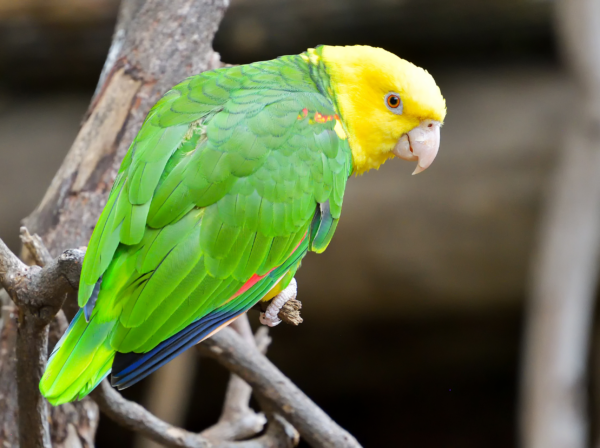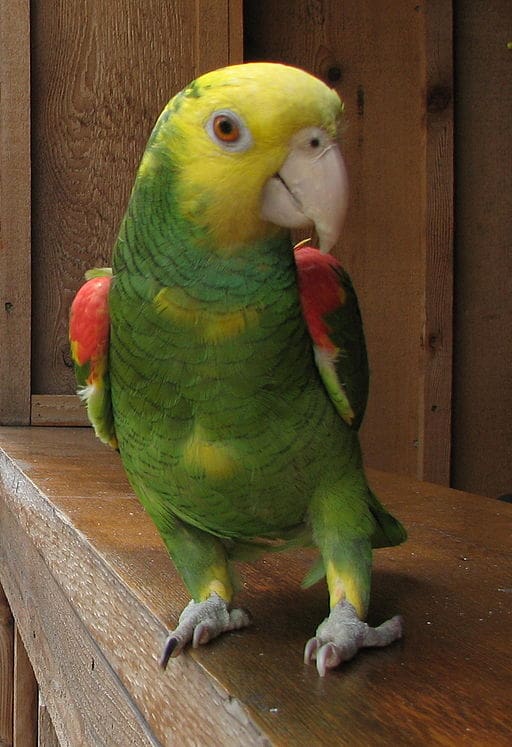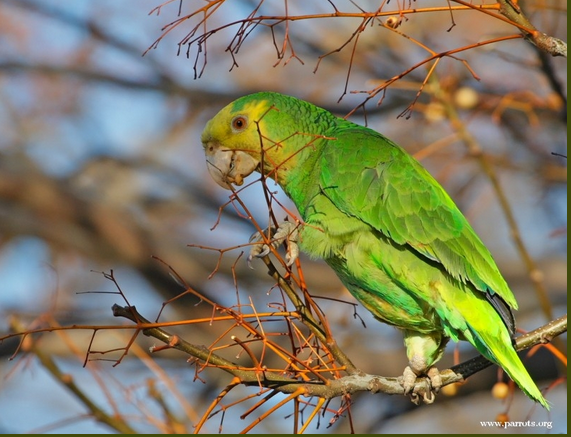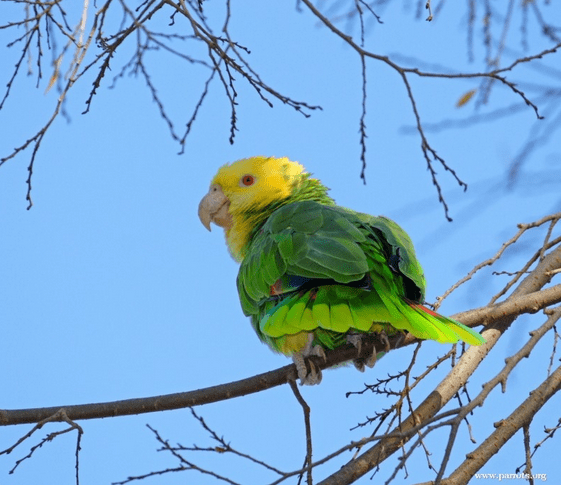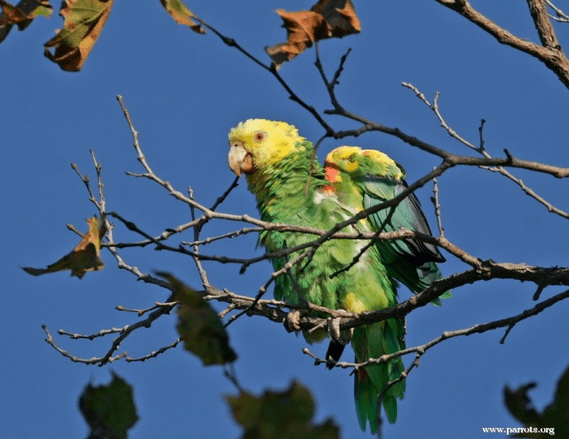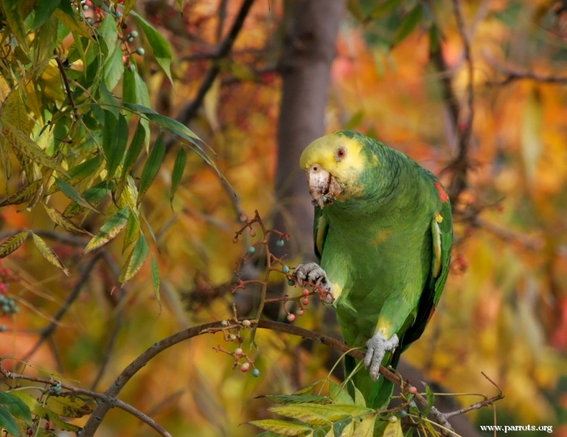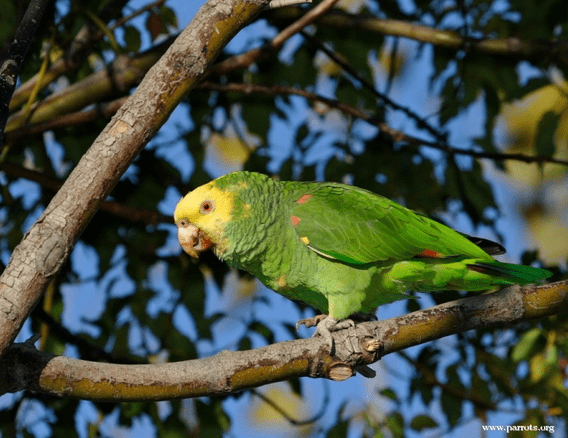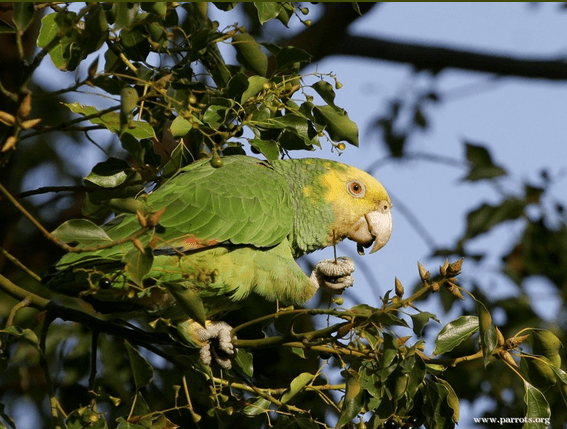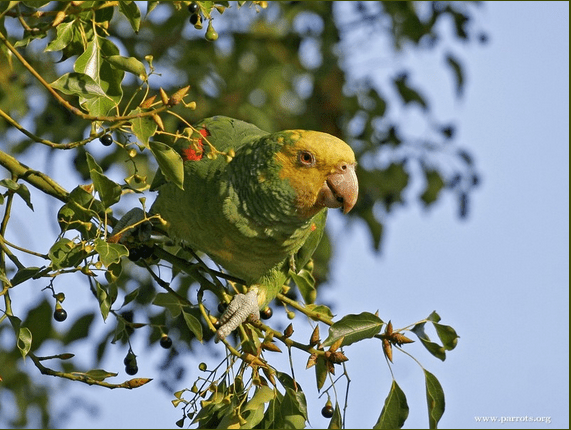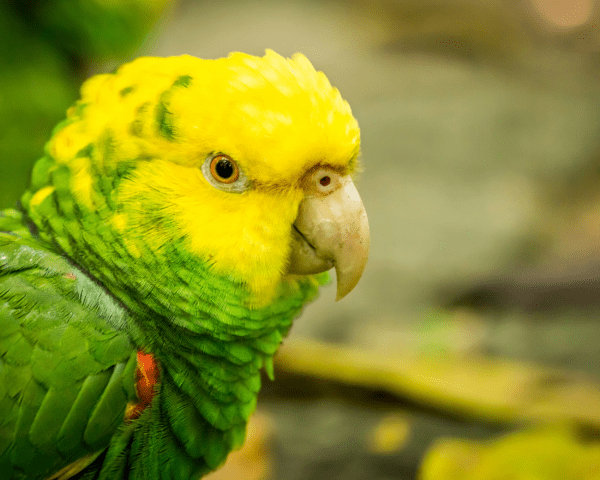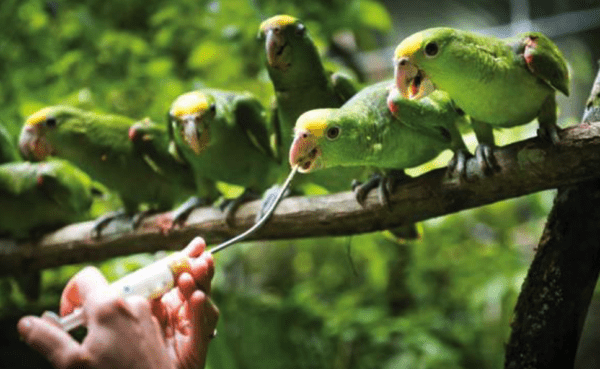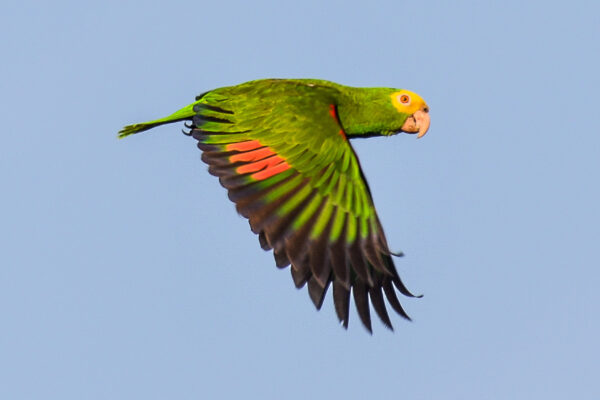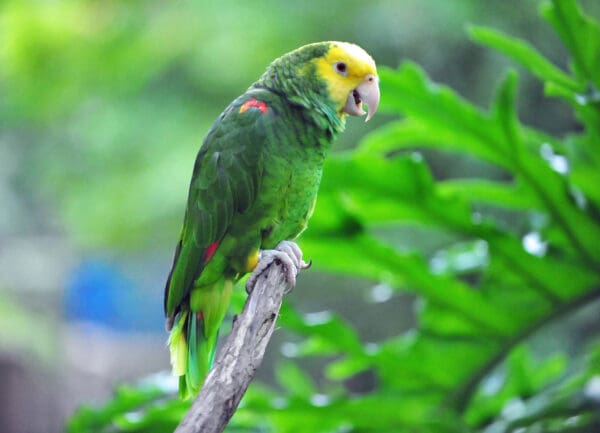Yellow-headed Amazon
Also known as:
Levaillant's Amazon, Mexican Yellow-headed (fronted) Amazon, Double Yellow-headed (fronted) Amazon (oratrix and tresmariae), Tres Marias Amazon (A.o. tresmariae), Belize Yellow-headed Amazon (A.o. belizensis)
Also known as:
Levaillant's Amazon, Mexican Yellow-headed (fronted) Amazon, Double Yellow-headed (fronted) Amazon (oratrix and tresmariae), Tres Marias Amazon (A.o. tresmariae), Belize Yellow-headed Amazon (A.o. belizensis)
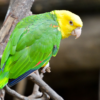
![© Lana [CC BY 2.0 or CC BY 2.0] via Wikimedia Commons A companion Yellow-headed Amazon perches on a shelf](https://parrots.org/wp-content/uploads/2023/01/wpt_Yellow-headed-Amazon_1550-18-100x100.jpg)
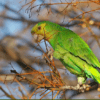
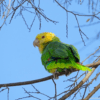
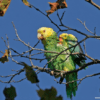
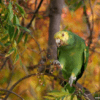
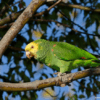
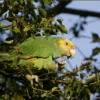
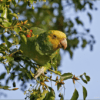
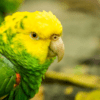
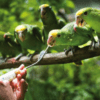
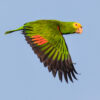
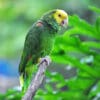
DID YOU KNOW?
Many thousands of Yellow-headed Amazons are illegally exported from Mexico, and some from Belize, each year.

Amazona

oratrix
Size:
36-38 cm (14-15 in)
Weight:
500 g (17.5 oz)
Subspecies including nominate:
four: A.o.oratrix, A.o. tresmariae, A.o. belizensis, A.o. hondurensis
Colour Adult:
A.o. oratrix : Both adults in general green with lightly dusted black neck, back and breast to abdomen feathers; yellow head and neck, occasionally with scattered green feathers in neck area; yellow thighs; orange/red bend of wing and lesser wing coverts mixed with yellow; yellow carpal edge, sometimes mixed with orange/red; bases of secondaries 1-5 red, the remainder green; green tail with red at base. Beak pale yellow/horn in colour. Eye ring white, eye orange.
A.o. tresmariae: Both adults as in oratrix, but yellow of head paler and reaching to foreneck and upper breast; paler green upperparts; blue wash on underparts.
A.o. belizensis: Both adults different from oratrix by the restriction of the yellow of the head to the lores, forehead, crown and around eyes to ear coverts and upper cheeks; yellow patch on nape to hindneck in yellow-naped morph and none in yellow-faced morph; yellow absent on carpal edge. Eye ring grey/white.
A.o. hondurensis: Both adults have varying plumage, differing from belizensis by having only the forehead and crown yellow, with or without yellow patch on nape to hindneck; red mixed with yellow on bend of wing; carpal edge green.
Colour Juvenile:
Juveniles have yellow only on crown to lores. Beak grey at base. Eye brown.
Call:
Raucous and deep, rolling vocalizations; also hoarse calls.
More Information:
WPT-supported project – Saving Belize’s Parrots: Belize Bird Rescue
Content Sources:
CITES
Avibase
BirdLife International
Cornell Lab of Ornithology/Birds of the World
Parrots of the World, Forshaw, 2010
Parrots: A Guide to Parrots of the World, Juniper and Parr, 1998.
Vanished and Vanishing Parrots, Forshaw, 2017.
Parrots in Aviculture, Low, 1992.
Lexicon of Parrots, Thomas Arndt.
Psittacine Aviculture, Schubot, Clubb and Clubb, 1992.
Avian Pediatric Seminar Proceedings, various authors, 1988.
Captive Status:
Fairly common in US; elsewhere somewhat common.
Longevity:
50-60 yrs
Housing:
Aviary or suspended cage, minimum length 3 m (9.8 ft). Temperature no lower than 50 F (10 C).
Diet:
Fruit such as: apple, pear, orange, cactus fruits, pomegranate, banana, forming about 30 percent of diet; fresh vegetables such as: carrot, celery, green peas, beans, fresh corn and green leaves. Cooked/sprouted beans or pulses. Spray millet, mix of small seeds, limited sunflower; complete kibble.
Enrichment:
Bathing using overhead misters or shallow water bowls; foot toys, destructible (non-toxic) wood block or vegetable tanned leather toys, non-destructible (non-toxic plastic) toys, food-finder toys, preening toys, different texture and size hanging perch toys; fir, pine, willow or elder branches, push-and-pull toys (sliding up and down).
Nest Box Size:
12″ x 12″ x 24″ (30.5 cm x 30.5 cm x 61 cm) vertical box.
Clutch Size:
2-4, usually 3
Fledging Age:
9 weeks
Hatch Weight:
—
Peak Weight:
—
Weaning Weight:
—
World Population:
4700 mature individuals, decreasing.
IUCN Red List Status:
Endangered
CITES Listing:
Appendix I
Threat Summary:
Heavy trapping for wild bird trade, hunting and persecution, and extensive habitat loss (80% of the Tamaulipas lowlands cleared for agriculture and pasture). Forest loss throughout the species’ full range remains extreme at about 22.5% across three generations. Many are illegally exported from Mexico and some from Belize each year, and it is popular in domestic markets. Illegal domestic traffic is intense in Mexico and may account for 38% of the species’ recent distributional loss. In the Mexican states of Michoacan, Guerrero and Oaxaca, it is mainly nestlings that are taken for the pet trade. In addition, hunting for food by local fishermen has been reported from Guatemala. In Belize, it is hunted and persecuted for damaging crops and is still a victim of the illicit pet trade. Additional threats to isolated populations such as tresmariae may occur from high-intensity hurricanes.
Range:
A.o. oratrix: Pacific slope of C Mexico, and Caribbean slope.
A.o. tresmariae: Isla Tres Marías, off coast of W Mexico.
A.o. belizensis: C Belize and El Petén, N Guatemala; isolated populations NE Guatemala and NW Honduras.
A.o. hondurensis: Valle de Sula, NW Honduras.
Habitat:
Deciduous or riparian forest, clearings, savanna woodland, Pinus woodlands on ridges (Belize), dense gallery woodland; in Guatemala, mangroves or coastal swamp forest and cultivated areas with scattered trees.
Wild Diet:
Reported to consume buds, new leaves, palm fruits and flowers. Items include monkeypod Pithecellobium dulce, mango flowers, and seeds of glassywood Astronium graveolens, garlic-pear tree Crataeva tapia and tempisque tree Sideroxylon capiri. Also Ficus fruits.
Ecology and Behaviour:
Birds are found in pairs or flocks with larger gatherings at communal roosts and feed areas.
Clutch and Egg Size:
2 to 4 ovate eggs, 37.0 x 30.0 mm (1.4 x 1.2 in)
Breeding Season:
March-April. Nests in cavities of large mature trees such as Astronium graveolens, Bursera arborea, Ebenopsis ebano, and Sideroxylon palmeri.
Related Links:
